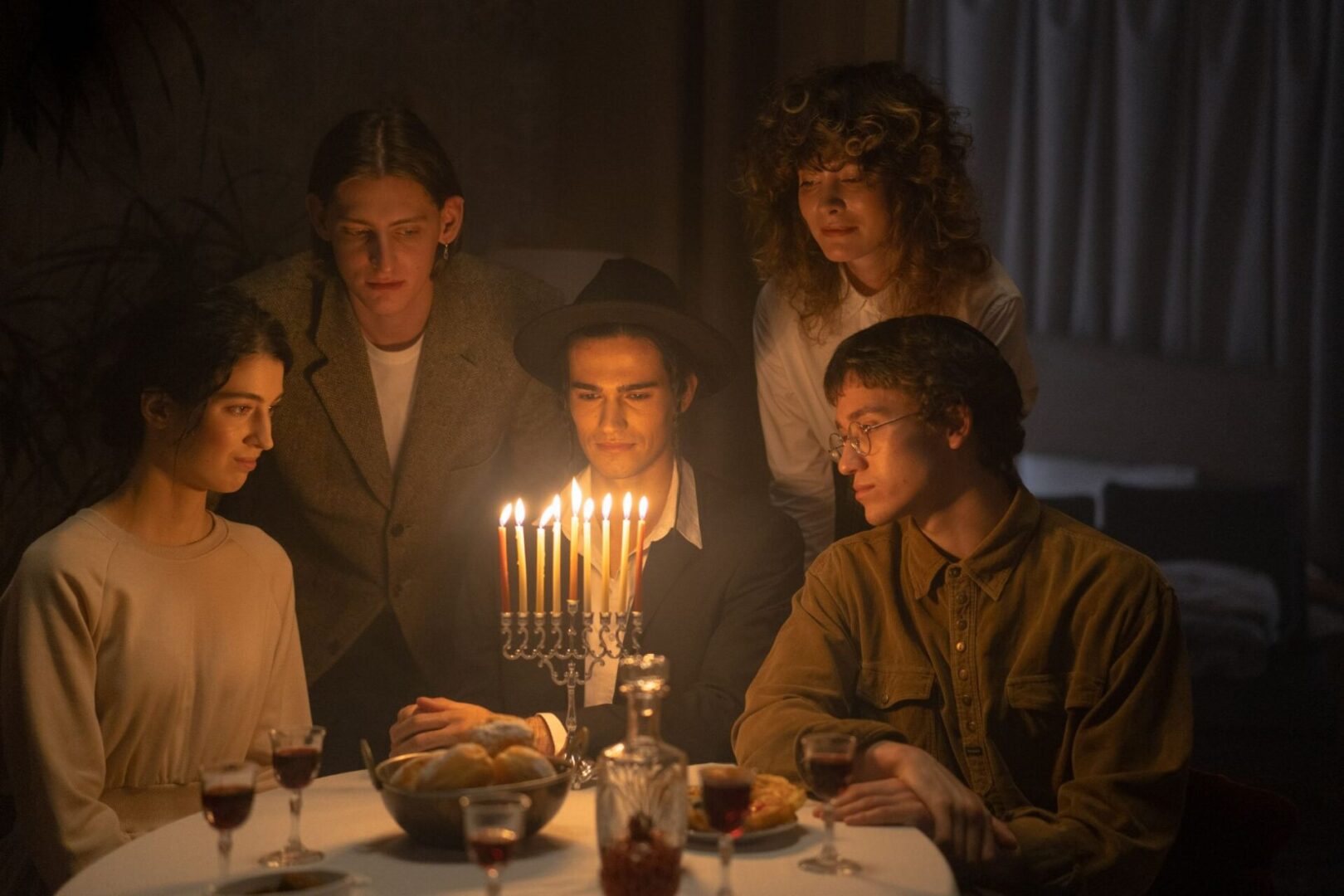The seven feasts of the Lord are his "Appointed Times" during which he will meet with men for holy purposes
Four of the 7 feasts occur in the spring of the year. They are "Passover", "Unleavened Bread", "First Fruits", and "Shavuot" (also known as "Pentecost"). These 4 Spring Feasts are summed up in only 19 verses of Scripture (Leviticus 23:4–22). In Messianic Judaism, these feasts represents the Messiah's first coming, which has happened.
The 3 final feasts, in the fall of the year, are in the Hebrew month of Tishri (September/October). They represent the events associated with the Messiah's second coming, which has yet to occur. These 3 final feasts forms the basis for what the Bible calls "blessed hope" (Titus 2:13).

